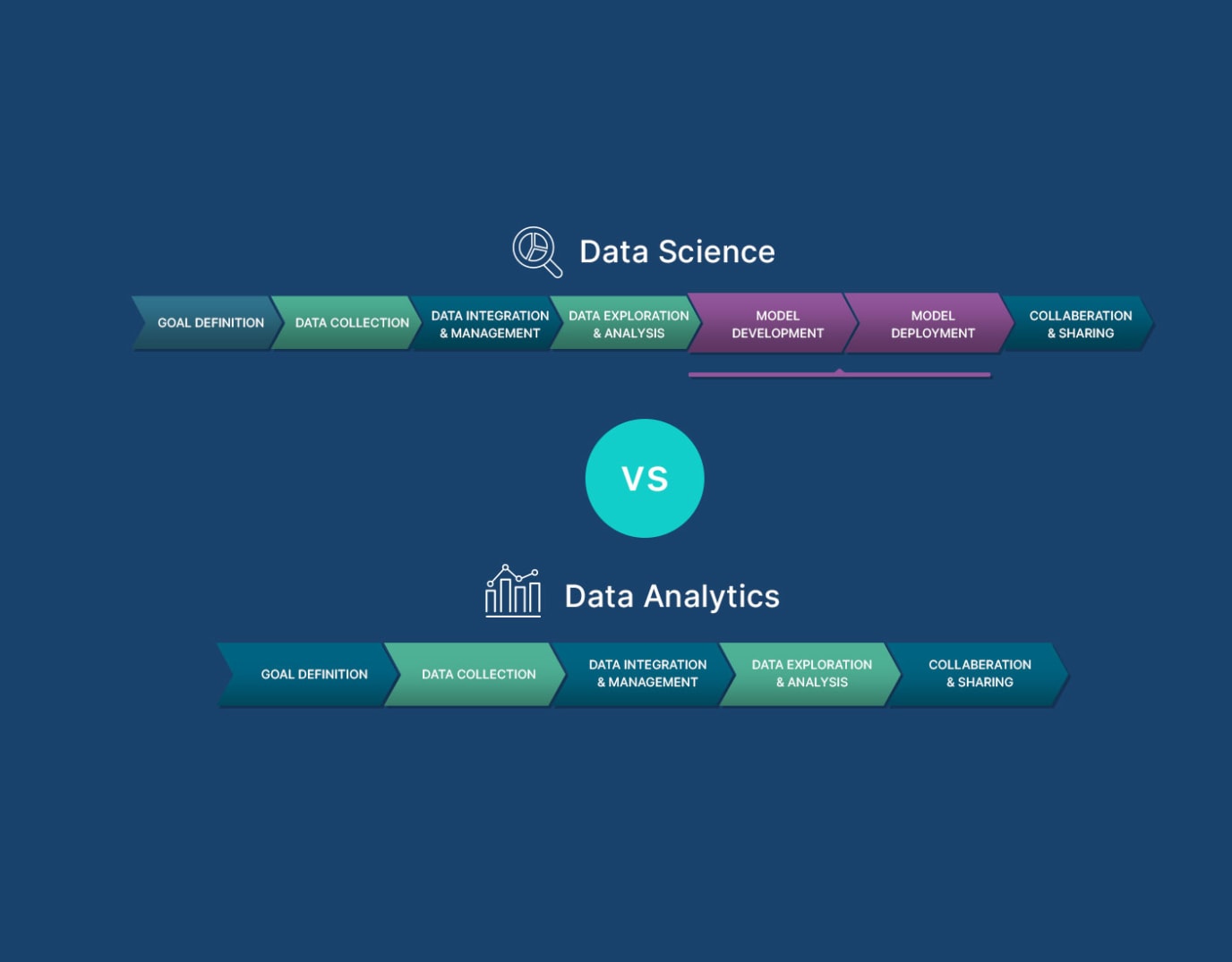As we navigate through the ever-evolving landscape of the 21st century, it is becoming increasingly clear that Science, Technology, Engineering, and Mathematics (STEM) education is the key to unlocking a world of possibilities. STEM education encompasses a multidisciplinary approach that fosters critical thinking, problem-solving, collaboration, and innovation. In this article, I will delve into the importance of STEM education in today’s world and explore the numerous benefits it offers to students.
The Importance of STEM Education in Today’s World
In an era where technology is rapidly advancing and shaping every aspect of our lives, it is crucial for individuals to possess a strong foundation in STEM subjects. STEM education equips students with the knowledge and skills necessary to adapt to the ever-changing technological landscape and thrive in a global economy. By encouraging students to explore these fields from an early age, we are nurturing their natural curiosity and fostering a love for learning. Moreover, STEM education promotes critical thinking and problem-solving skills, enabling students to analyze complex issues and develop innovative solutions.
STEM Education Benefits for Students
STEM education offers a plethora of benefits for students, both in and outside of the classroom. One of the primary advantages is the development of a growth mindset. By engaging in hands-on activities and real-world applications, students learn to embrace challenges and view failures as opportunities for growth. This mindset not only prepares them for future academic and career success but also instills resilience and perseverance. Additionally, STEM education encourages creativity and fosters an entrepreneurial spirit. Students are encouraged to think outside the box, explore new ideas, and develop innovative solutions to real-world problems.
STEM Education and Career Opportunities
In today’s workforce, STEM-related careers are in high demand and show no signs of slowing down. By equipping students with a solid foundation in STEM subjects, we are providing them with a competitive edge in the job market. STEM careers encompass a wide range of fields, including computer science, engineering, healthcare, and environmental science, among others. These fields offer a plethora of career opportunities, high earning potential, and the ability to make a positive impact on society. STEM education prepares students for these careers by providing them with the necessary knowledge, skills, and experience.
Implementing STEM Education in Schools
Implementing STEM education in schools requires a concerted effort from educators, administrators, and policymakers. To effectively integrate STEM into the curriculum, schools must provide professional development opportunities for teachers, ensuring they are equipped with the necessary skills and knowledge to deliver high-quality STEM instruction. Additionally, schools should invest in state-of-the-art facilities and resources, such as laboratories and technology tools, to create a conducive learning environment. Collaboration between schools, industry partners, and community organizations is also essential to provide students with real-world experiences and mentorship opportunities.
Challenges and Solutions in STEM Education
While the benefits of STEM education are undeniable, there are challenges that need to be addressed to ensure its widespread implementation. One of the primary challenges is a lack of diversity and inclusion in STEM fields. Historically, underrepresented groups, such as women and minorities, have been less likely to pursue careers in STEM. To overcome this challenge, it is essential to promote diversity and inclusion from an early age, providing equal opportunities and representation for all students. Additionally, addressing the shortage of qualified STEM teachers and improving access to STEM education in underserved communities are crucial steps towards closing the equity gap.
Promoting Diversity and Inclusion in STEM Education
Promoting diversity and inclusion in STEM education is not only a matter of social justice but also a strategic imperative. Diverse perspectives and experiences enhance innovation and problem-solving, driving advancements in STEM fields. To promote diversity and inclusion, schools and organizations must actively challenge biases and stereotypes, provide mentorship and support networks for underrepresented groups, and create inclusive learning environments. Collaborating with industry partners and community organizations can also help expose students to diverse role models and career opportunities, inspiring them to pursue STEM careers.
STEM Education Resources and Tools
In order to effectively implement STEM education, educators require access to a wide range of resources and tools. Fortunately, numerous organizations and initiatives have emerged to support STEM education. Online platforms, such as Khan Academy and Code.org, offer free and accessible resources for students and teachers. Additionally, industry partnerships and mentorship programs provide students with real-world experiences and connections to professionals in STEM fields. Schools should also invest in hands-on materials, such as robotics kits and scientific equipment, to facilitate experiential learning and inquiry-based instruction.

The Future of STEM Education
As we look towards the future, the importance of STEM education will only continue to grow. Rapid advancements in technology, such as artificial intelligence and automation, will reshape our workforce, creating new challenges and opportunities. STEM education will play a crucial role in preparing students for these changes, equipping them with the skills and mindset necessary to adapt and thrive. Furthermore, the integration of emerging fields, such as data science and cybersecurity, will expand the scope of STEM education, providing students with a diverse range of career pathways.
